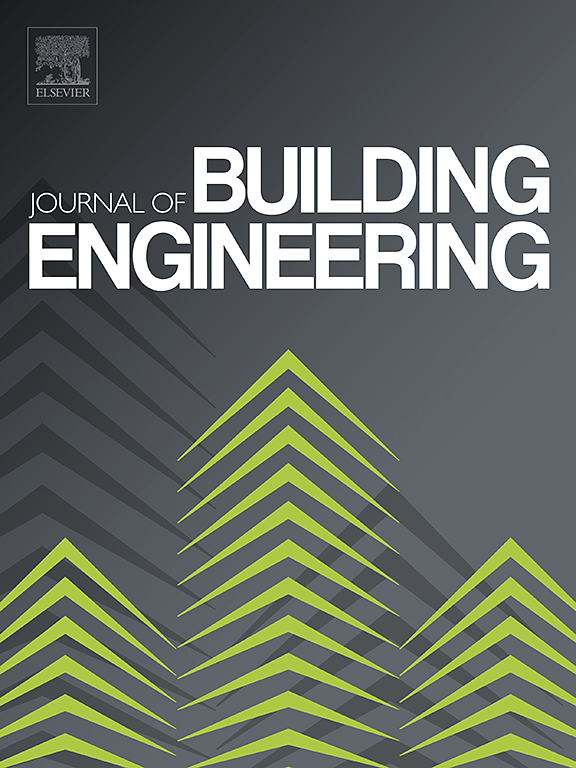Experimental investigation on the performance of ground granulated blast furnace slag and copper slag blended recycled aggregate concrete exposed to elevated temperatures
IF 6.7
2区 工程技术
Q1 CONSTRUCTION & BUILDING TECHNOLOGY
引用次数: 0
Abstract
The current experimental programme examines the residual performance of recycled aggregate concrete (RAC) under elevated temperatures, with partial replacement of fine aggregate by copper slag, followed by the substitution of cement with ground granulated blast furnace slag (GGBFS). RAC was prepared by replacing natural coarse aggregate with recycled coarse aggregate (RCA) at substitution levels of 0 %, 33 %, 66 %, and 100 %. Among these, the 33 % RCA replacement demonstrated superior mechanical properties and was selected for further investigation. Subsequently, the industrial wastes like copper slag and GGBFS were used for replacing fine aggregate and cement up to 60 % to escalate the residual characteristics of RAC mixes prepared with 33 % RCA. All the specimens were exposed at temperature level of 30 °C, 200 °C, 400 °C, 600 °C and 800 °C respectively and assessed their residual compressive strength, split tensile strength, elastic modulus, and failure behavior by conducting laboratory experiments. Test results concluded that, the GGBFS and CS blended RAC mixture achieved greater resistance to deterioration of strength properties compared to the control mixture at higher temperature. The combination of 33 % RCA, 40 % CS, and 40 % GGBFS exhibited superior residual performance over all the mixes and established grater fire-resistant to concrete. Further, the microstructural study of different RAC mixtures revealed that the addition of CS and GGBFS strengthened the RAC matrix by creating a dense calcium silicate hydrate gel.
求助全文
约1分钟内获得全文
求助全文
来源期刊

Journal of building engineering
Engineering-Civil and Structural Engineering
CiteScore
10.00
自引率
12.50%
发文量
1901
审稿时长
35 days
期刊介绍:
The Journal of Building Engineering is an interdisciplinary journal that covers all aspects of science and technology concerned with the whole life cycle of the built environment; from the design phase through to construction, operation, performance, maintenance and its deterioration.
 求助内容:
求助内容: 应助结果提醒方式:
应助结果提醒方式:


